Working on an engine requires a wide range of tools that are specifically designed to perform different tasks related to engine maintenance, repair, and performance optimization. The tools needed to depend on the type of engine, the level of work required, and the mechanic's expertise. In this article, we will discuss the essential tools needed to work on an engine.
Socket Set: A socket set is a basic tool for any mechanic working on an engine. It includes a set of sockets of different sizes, which are used for tightening and loosening bolts and nuts. Socket sets can be found in both metric and standard measurements, so it's essential to know which type of measurement is used for the engine being worked on.
Ratchet: A ratchet is used in conjunction with sockets to tighten or loosen bolts and nuts. It is a hand-held tool with a handle that can be rotated in one direction to turn the socket and another direction to disengage the socket. Ratchets come in different sizes and shapes, and they are chosen based on the size of the socket and the space available for use.
Torque Wrench: A torque wrench is a tool used to apply a specific amount of torque to a bolt or nut. It ensures that the bolts are tightened to the manufacturer's specifications, which is critical for the engine's safe and reliable operation. Torque wrenches are available in different sizes and shapes, and they can be digital or manual.
Pliers: Pliers are hand-held tools that are used to grip, cut, and bend wires, cables, and hoses. There are different types of pliers available, including needle-nose pliers, locking pliers, and wire cutters. Needle-nose pliers are used to reaching tight spaces, while locking pliers are used to hold objects in place. Wire cutters are used to cut wires and cables.
Screwdrivers: Screwdrivers are used to tighten or loosen screws, which are found in many parts of an engine. There are different types of screwdrivers, including flathead screwdrivers, Phillips screwdrivers, and hex screwdrivers. Flathead screwdrivers are used for screws with a single slot, while Phillips screwdrivers are used for screws with a cross slot. Hex screwdrivers are used for screws with hexagonal shapes.
Wrenches: Wrenches are used to tighten or loosen bolts and nuts. There are different types of wrenches available, including adjustable wrenches, box-end wrenches, and open-end wrenches. Adjustable wrenches are versatile and can be adjusted to fit different sizes of bolts and nuts. Box-end wrenches have a closed end and are used for bolts and nuts that require a higher level of torque. Open-end wrenches have two jaws and are used for bolts and nuts that require less torque.
Pry Bars: Pry bars are used to separate and pry apart engine components, such as gaskets, seals, and bearings. There are different types of pry bars, including flat pry bars and angled pry bars. Flat pry bars are used for flat surfaces, while angled pry bars are used for tight spaces.
Feeler Gauges: Feeler gauges are used to measure the gap between two engine components. They are typically used to check the clearance between engine valves and their seats. Feeler gauges come in different sizes and are used to check gaps between different ranges.
Inspection Camera: An inspection camera is a tool used to inspect areas that are difficult to access. It consists of a flexible cable with a camera attached to the end. The camera sends live video footage to a screen, allowing the mechanic to see inside the engine and identify any issues.
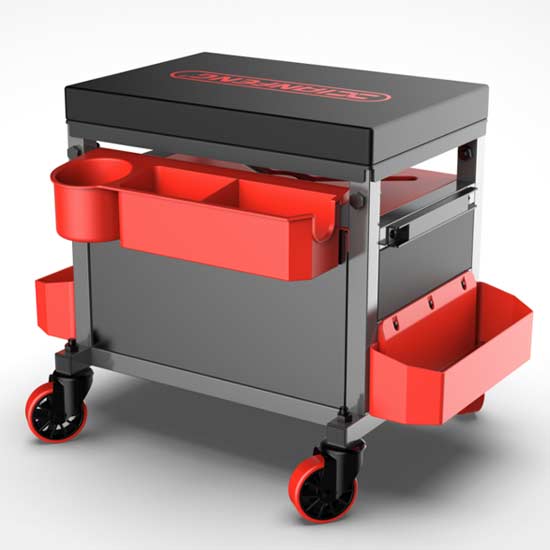 Tool seat
Tool seat
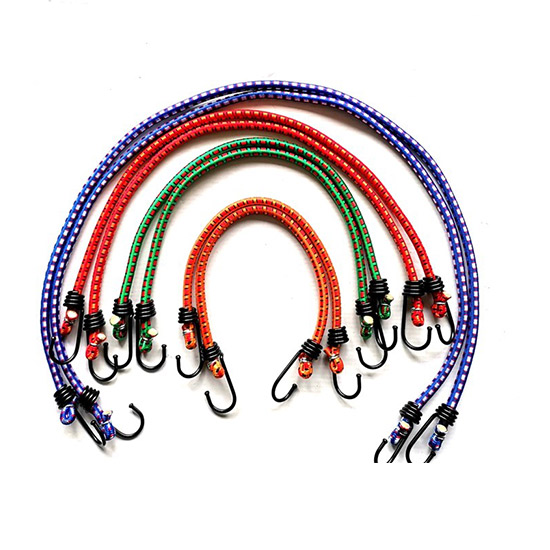 Stretch Cord
Stretch Cord
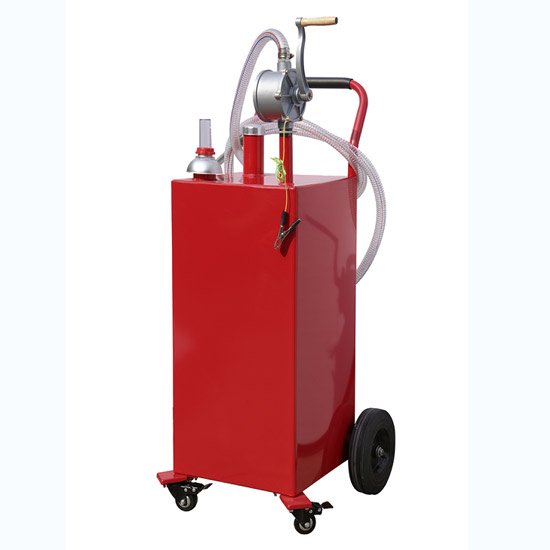 Oil Pump
Oil Pump
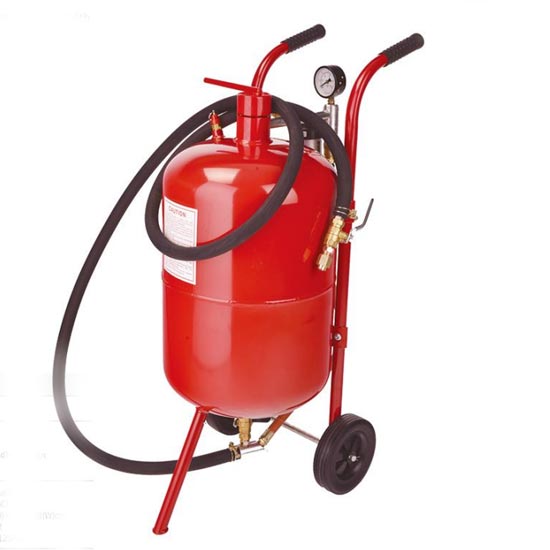 Sandblast Pot
Sandblast Pot
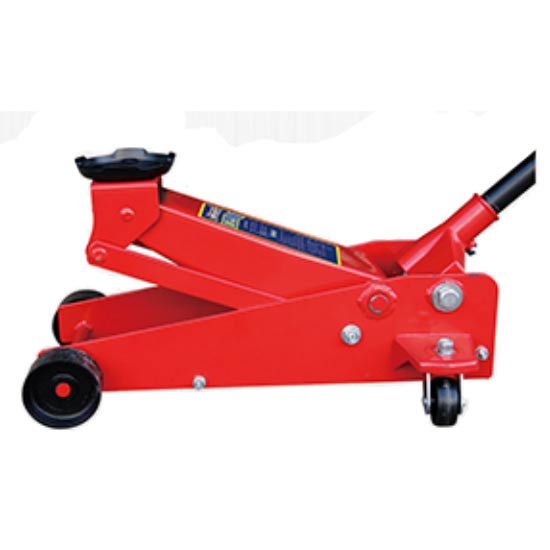 2.25 Ton Hydraulic Floor Jack
2.25 Ton Hydraulic Floor Jack
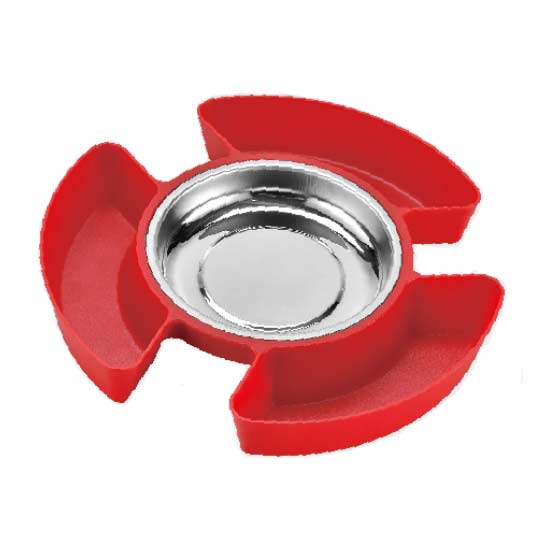 Magnetic Tray With Tool Plate
Magnetic Tray With Tool Plate
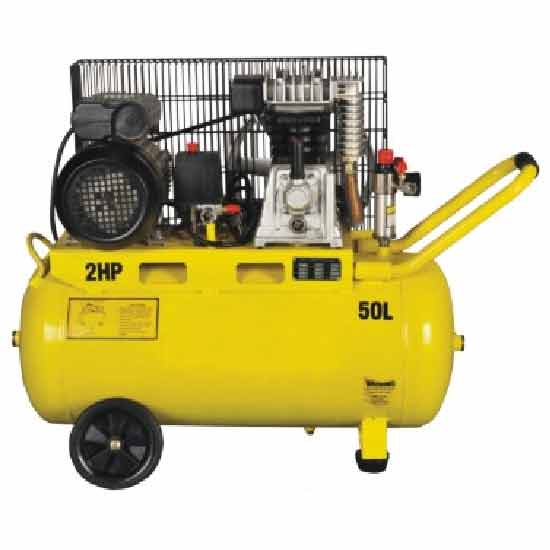 Single-stage Air-cool Movable Air Compressor
Single-stage Air-cool Movable Air Compressor
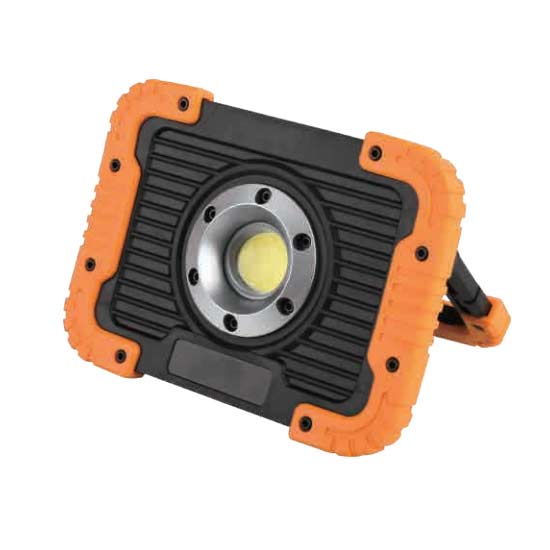 10W Rechargeable Led Flood Light
10W Rechargeable Led Flood Light
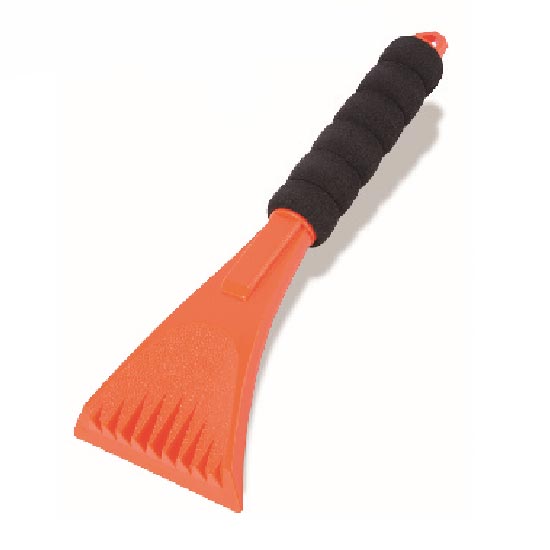 Ice Scraper
Ice Scraper
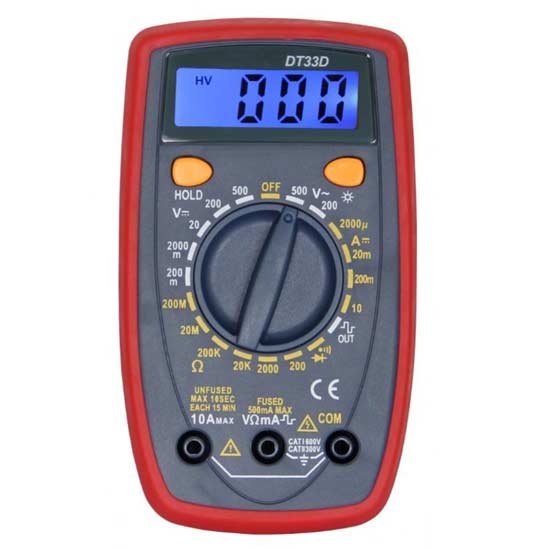 Small Multimeter with Backlight
Small Multimeter with Backlight
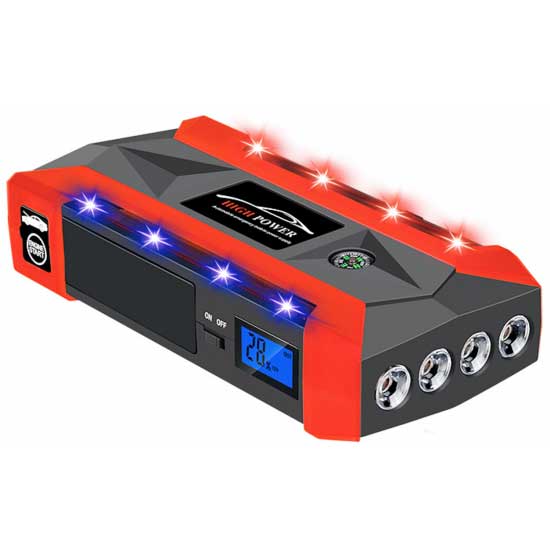 Jump Starter With 4 Led Lights
Jump Starter With 4 Led Lights
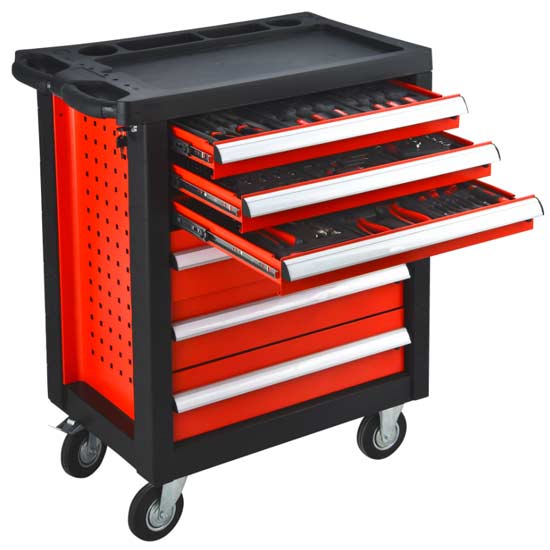 Steel Tool Cabinet
Steel Tool Cabinet
 Large Tool Cabinet
Large Tool Cabinet
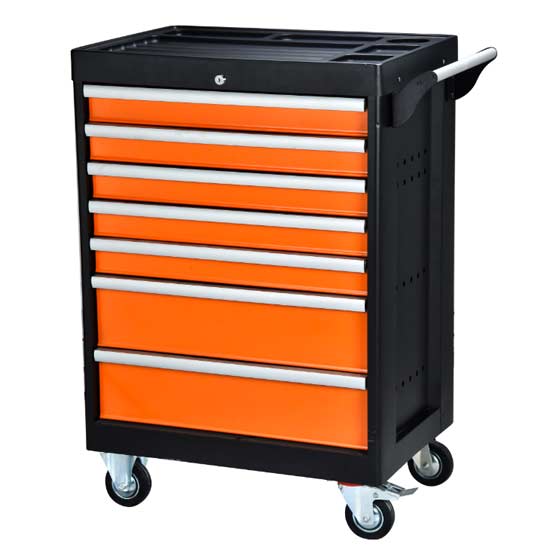 Tool Storage Cabinet
Tool Storage Cabinet
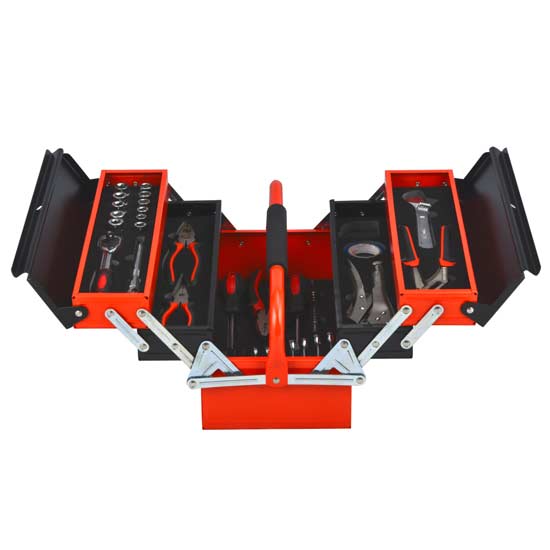 Metal Tool Box
Metal Tool Box
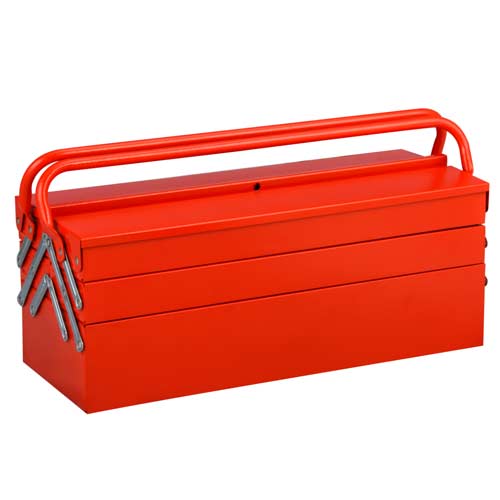 Large Metal Tool Storage Box
Large Metal Tool Storage Box
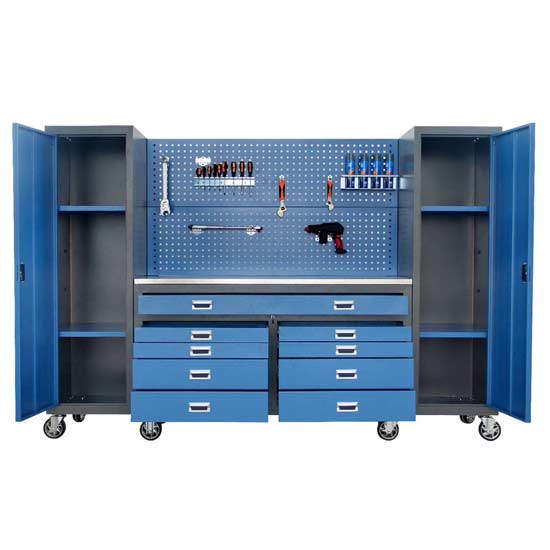 Blue Metal Tool Cabinet
Blue Metal Tool Cabinet
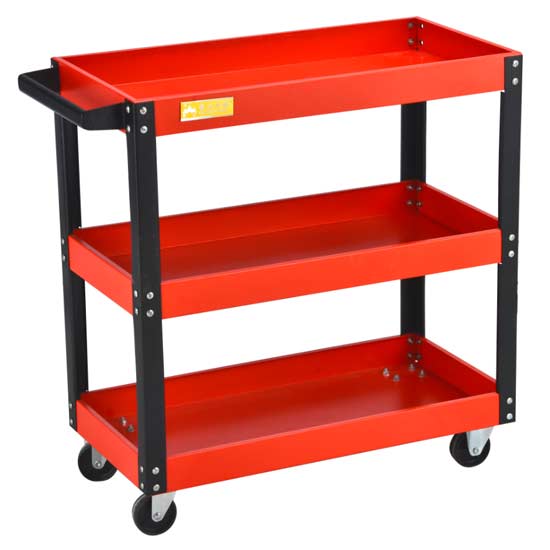 Red Steel Tool Trolley
Red Steel Tool Trolley
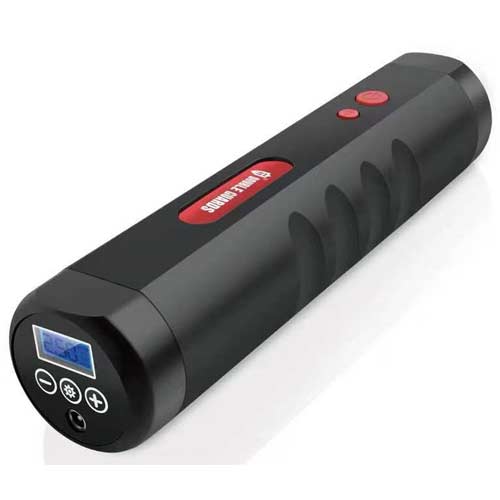 Portable Tire Inflator
Portable Tire Inflator
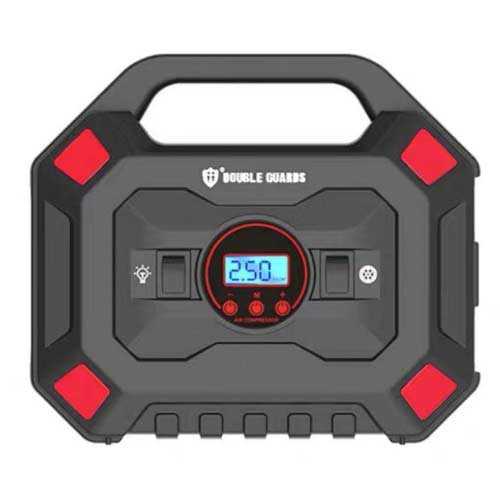 Custom Tire Inflator
Custom Tire Inflator
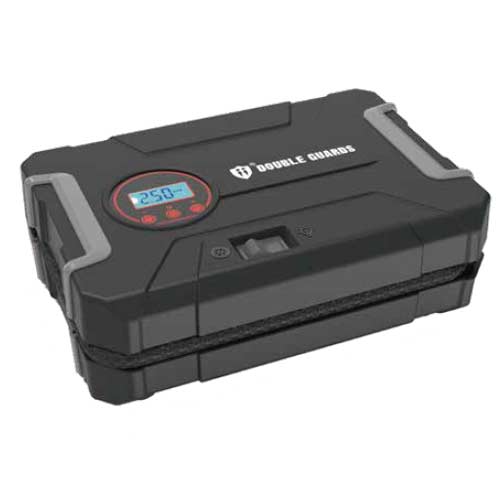 Tire Pressure Pump
Tire Pressure Pump
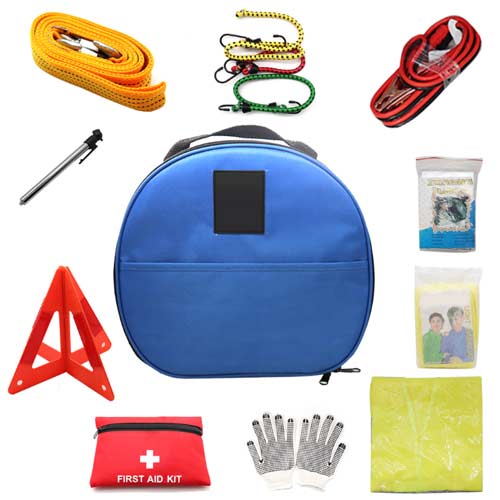 Auto Emergency kit
Auto Emergency kit